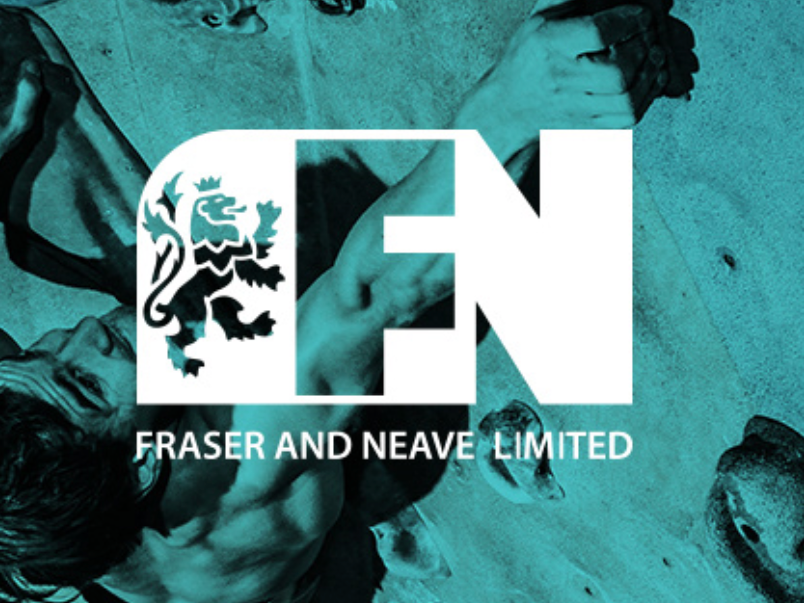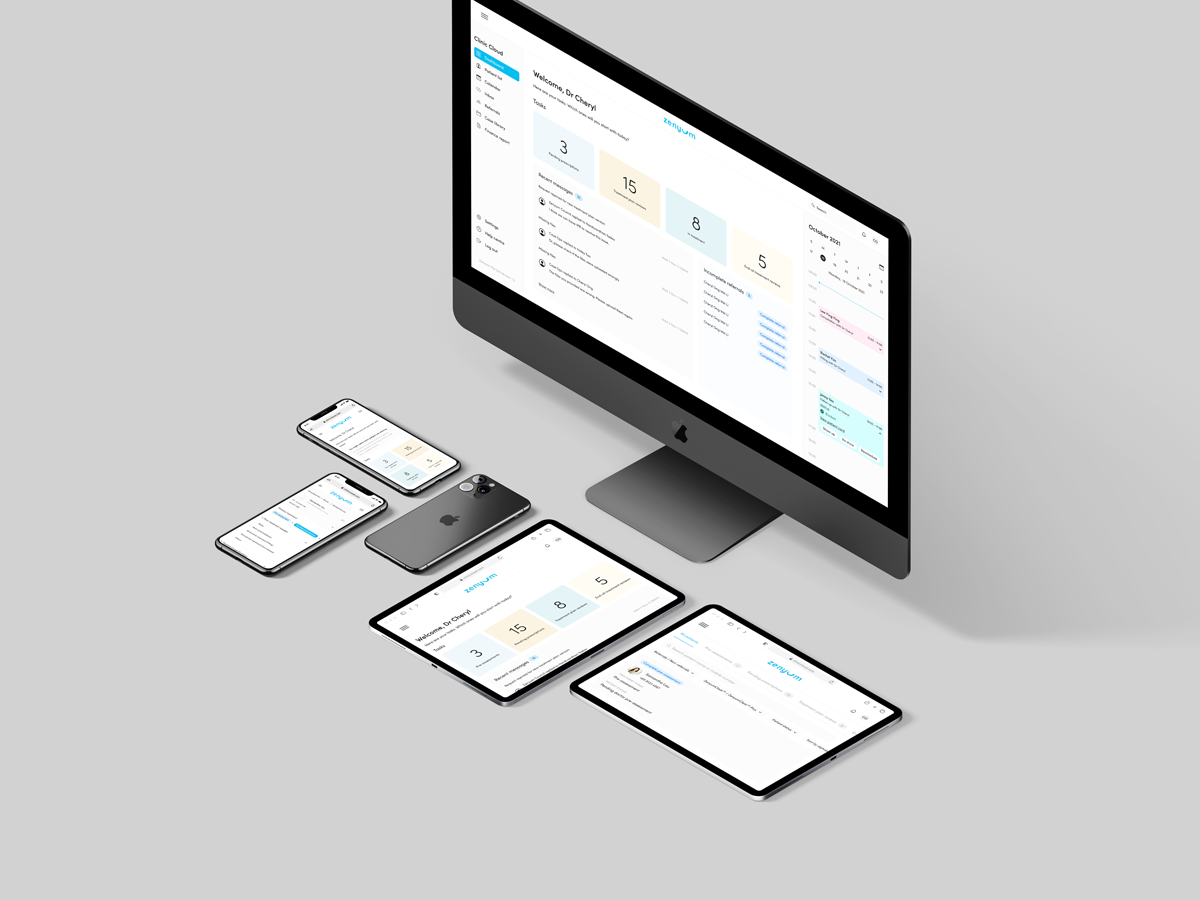The Zenyum Treatment App transforms aligner therapy, offering personalized tracking, real-time updates, and adjustable wear times for convenience and precision, elevating the journey to achieving smile goals.
The Challenge
Manual aligner tracking, burdened by inaccuracies and inflexibility, often stalls treatment progress. The Zenyum app eliminates these obstacles, offering precise and adaptable tracking solutions.
Legacy version 1.0
The Strategy
Boost treatment adherence by ensuring users consistently engage with the app and timely change their aligners. Simplify the app's usage to be intuitive and accessible for all, anytime. Enhance satisfaction through an improved in-app experience.
Initial Research
Leveraging a new UX research process that integrated diverse methods such as Google surveys, in-house case studies, and vendor-driven studies, we significantly enhanced user insights, conducting more studies in my first year at Zenyum than in the two preceding years combined.
User Study
We found out through user testing that users preferred to see all the available features at once. Presenting all the options without making the UI feel overwhelming became a challenge.
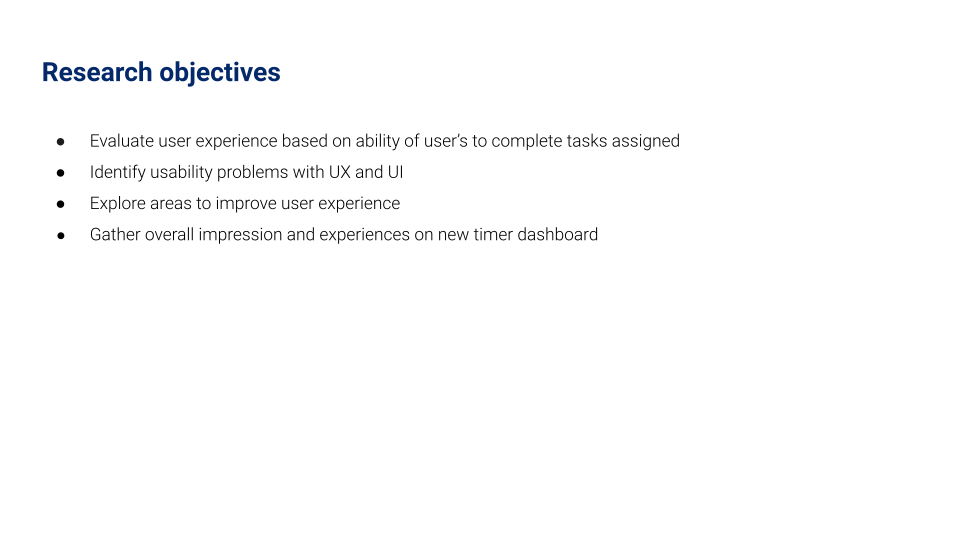
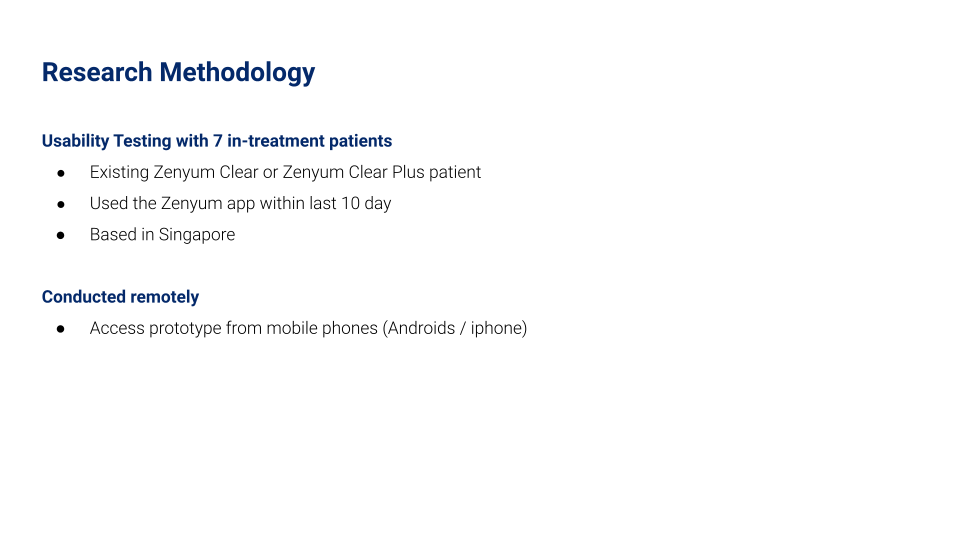
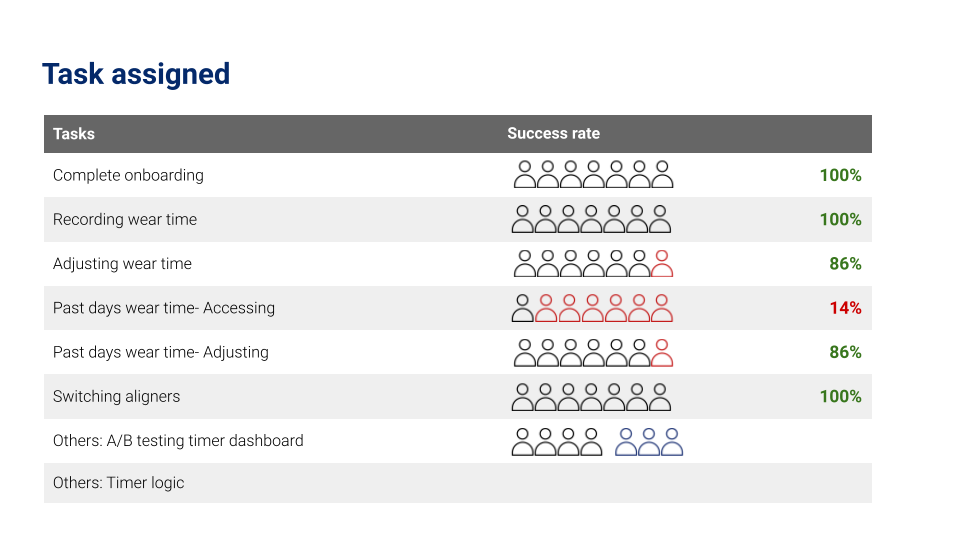



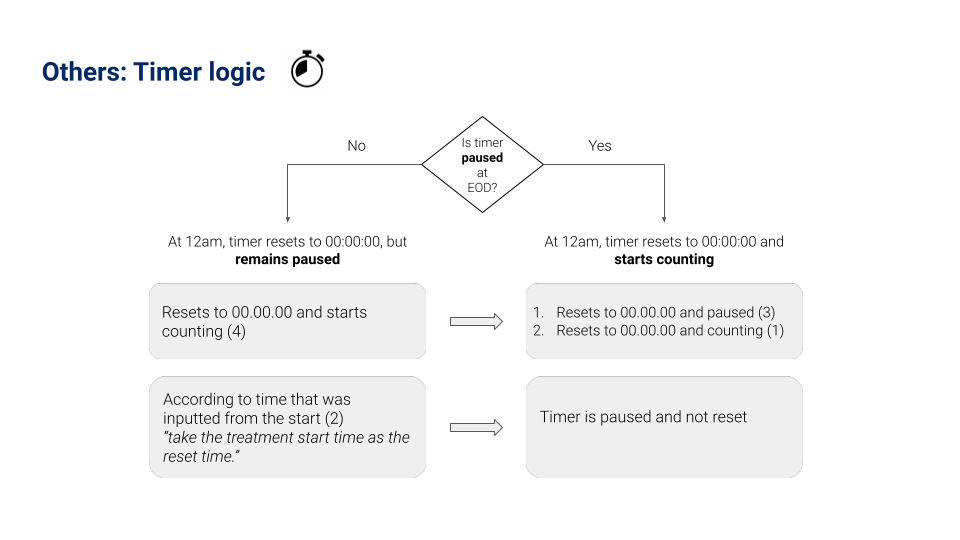
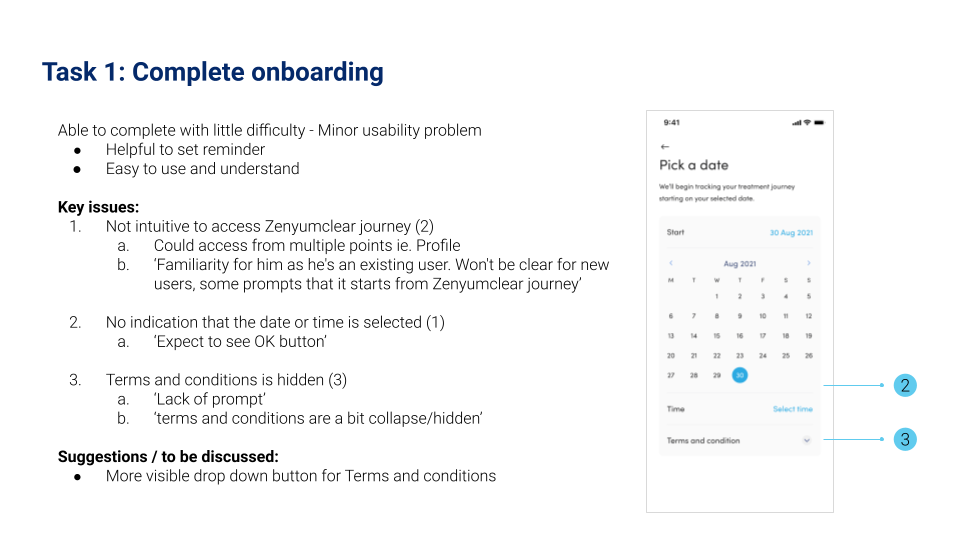
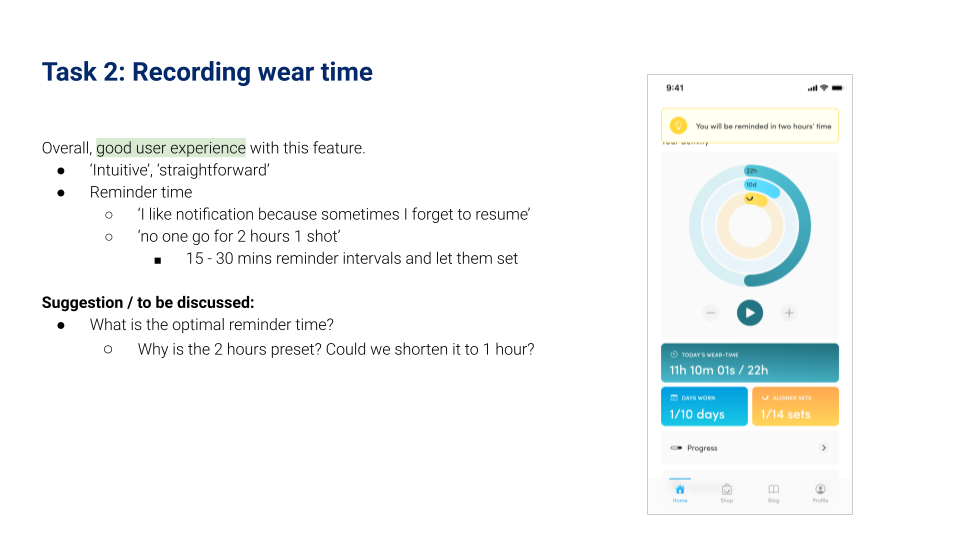
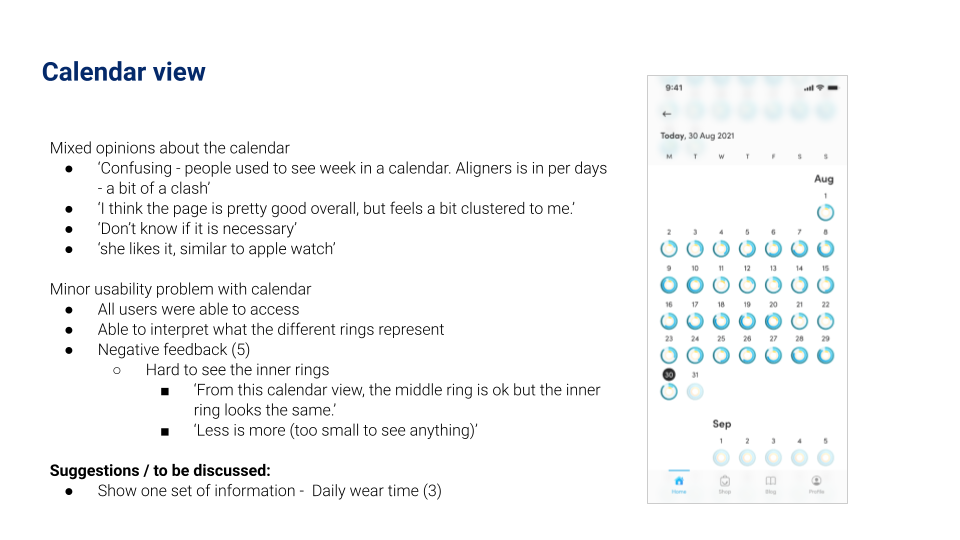
3 Key Insights
Prototyping & Testing
Defining the Epics
After testing prototypes and shortlisting the priority we landed on the following Epics for the first version:
Onboarding patients, Dashboard, Add/Remove time, Capturing progress via photo taking, Appointment scheduling, Notifications, and User Profile settings.
Visual Design
We started to develop a Design Library as we worked on the wireframes. The design library and visual direction were influenced by the new brand direction. Vibrant, clean, youthful with some edge, and much more lifestyle orientated than a chore.
Key Learnings from User Testings
Usability Testing Results
Add. Minus. Edit. Anywhere, anytime.
Tracking. Switching.
Effortlessly.
—
★ ★ ★ ★ ★
Launched in September 2021, Zenyum currently has a rating of 3.6 out of 5 on the Apple App Store.
—
Metrics
Since then, we have seen an increase of 26% in in-app engagement (DAU). Since the release, we’ve also seen about an 80% increase in switch adherence in the following month. The switch adherence rate has been hovering around 80%+ in the next 8 months.
Challenges and Compromises
In a lean UX environment, tight budgets, limited time, and small teams challenge but do not deter. By embracing creativity and thinking outside the box, the team maximizes resources, ensuring the quality of research, design, and testing remains high. Expanding capabilities through partnerships with academic institutions or tech communities can further alleviate these constraints, enriching the team's work with diverse insights and broadening their research and development scope, all while steadfastly upholding their commitment to innovation and user satisfaction.





